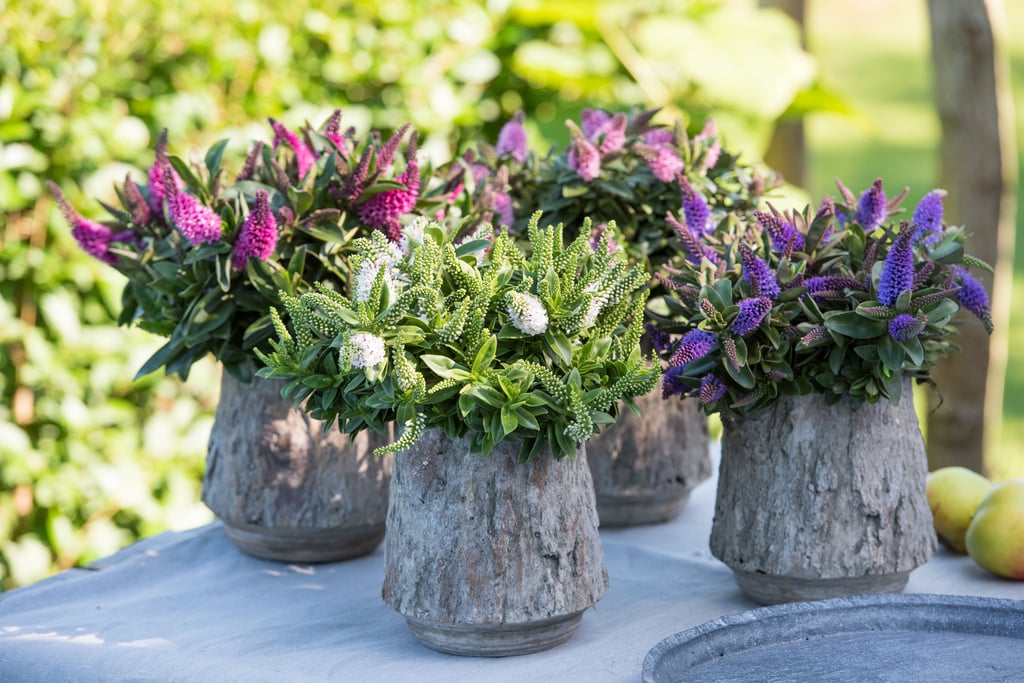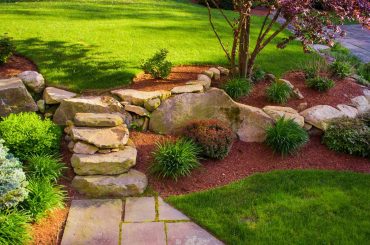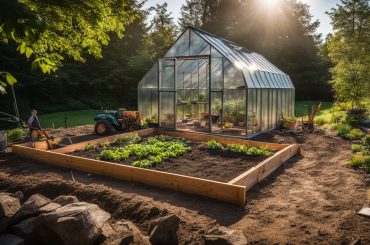Table of Contents
Hebe plants are a treasure in gardens and are often overlooked. Due to the ease of cultivation and maintenance requirements, the Hebe shrub family is a favourite among many gardeners.
You can discover a variety of kinds of this fascinating evergreen plant. The Hebe plant bears the name of the Greek goddess of youth, Hebe, to meet your demands. Hebes are versatile plants that provide structure in the winter and a dazzling array of hues in the summer.
Hebes were once categorized as Veronica species, but more recent research has revealed that they are actually a component of the Veronica genus, where they may soon be reclassified. Popular sun-loving shrubs hebes are native to New Zealand and other southern hemisphere countries but are developed and raised in gardens all around the UK.
In this article, you will learn everything about hebe, from how to grow to things required to grow them.
Overview of Hebe
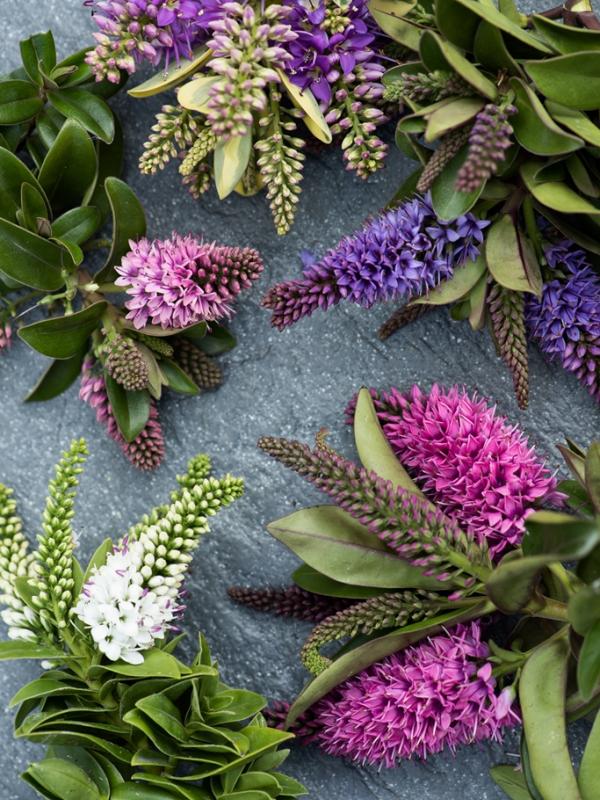
The genus Hebes has over 90 species of long-flowering, evergreen shrubs, some of which have colourful foliage and grow in dense hummocks. They are suited for growing in a variety of settings and planting schemes and come in a wide range of sizes and shapes.
They have attractive foliage, such as blue-green, silvery, pink-tinged, or variegated leaves, and since they are evergreen, they are in leaf all year long. Flowers in colours of purple, mauve, pink, and white are held in tiny spikes at the tips of stalks. Hebes are very low-maintenance and work well in shrub borders, as ground cover, or as low-growing hedging.
- Genus Name: Hebe
- Common Name: Hebe
- Exposure: Partial Sun
- Zones: The range varies per species but is often between 7 and 10.
- Duration: Perennial
- Habit: Shrub
- Plant Structure: Most have small, thick leaves, a naturally rounded shape, and a height and width of 1 to 1.5 meters. Small spires of white, purple, blue, or pink blooms gather on shrubs.
- Bloom Time: The majority have extremely extended flowering periods, producing flowering bursts from late winter or early spring all the way through to October.
- Common Varieties: The Hebe genus has approximately 100 species. Therefore, there is a shrub to fit most landscaping requirements and preferences. From ‘Sunset Boulevard’ blossoms that have a vibrant pink colour to another disease-resistant purple bloom hebe known as “Heebie Jeebie”. The genus has a dependable, long-flowering variety with purple-blue blooms called “Inspiration.” and pretty, light pink flower spires on “Wiri Cloud” that eventually turn white.
Your garden or balcony will look its best and be more attractive in the spring with lovely Hebe plants. They are easy to cultivate; all you have to do is take care of them, and we are here to assist you.
How to Grow Hebe
Hebe bushes not only make wonderful potted plants that look great in the garden but may also be brought indoors during the chilly winter months.
Hebe shrubs can be grown from seed, but bear in mind that it may take a while for the seedlings to establish themselves and start producing flowers for the landscape. Additionally, you won’t obtain a plant identical to the parent if you use seeds from a cultivar. Cuttings are hence the suggested technique of dissemination.
Consider how big the mature size of the type you choose will get if you plan to keep your hebe in a container. Hebe shrubs in pots work best in the smaller types.
Create a hole at least twice as big as the container the shrub came in. Backfill the hole with the original dirt after inserting the plant. Mulch the area around the base with ericaceous compost to keep the soil moist and keep weeds at bay. Until you see new growth, give the shrub plenty of water right away.
Hebe bushes dislike moist soil; therefore, make sure the container is well-draining and use well-draining potting soil mixed with ericaceous compost. Terra cotta pots are recommended because they allow extra moisture to evaporate.
If you’re planting it in groups, leave about 3 feet between each plant. Depending on the type’s mature size, leave 12 to 18 inches between plants when creating a hedge.
Every two years, or more frequently depending on the rate of development, the plants need to be repotted into a larger container.
Growing Tips
Hebes are mostly trouble-free. However, some of the less resilient species can falter in harsh environments. Make sure you can give your hebe the circumstances it requires when picking it.
1. Light

Hebe bushes thrive in full sun to light shade. Each day, hebe needs six to eight hours of sunshine. However, too much shadow may make them appear lanky and prevent them from blossoming.
2. Watering
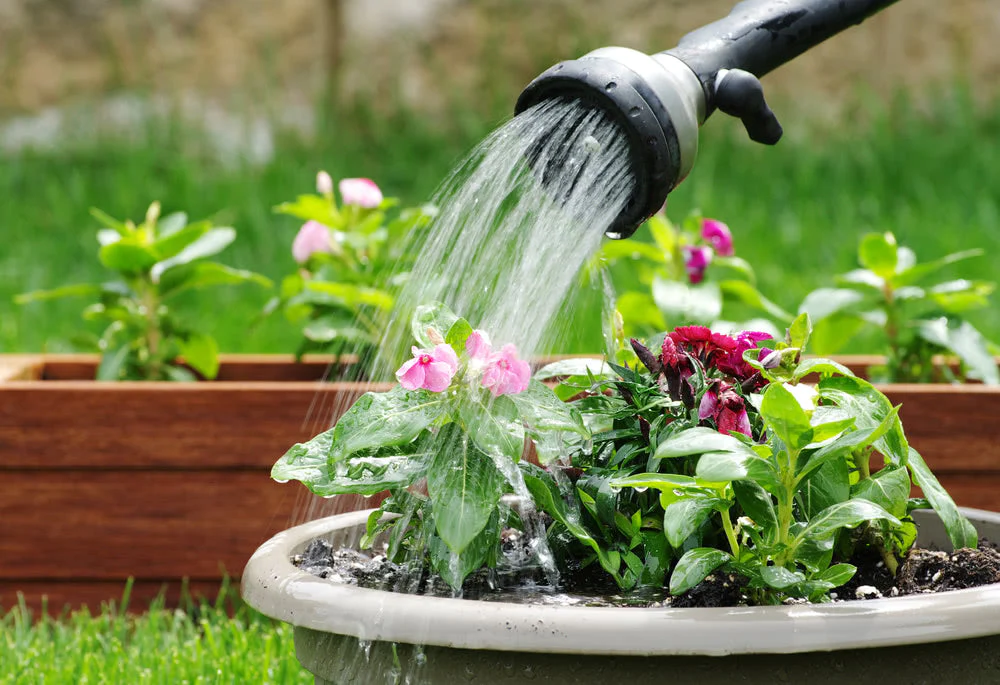
Hebe needs sandy soil that drains well. During their first summer, freshly planted hebes require constant watering. Hebes should only require weekly watering once they are well-established. However, they may require more during dry spells. Although tolerant of drought, this shrub needs approximately an inch of water each week during the summer to retain strong, healthy leaves and produce enormous, vibrant blooms.
3. Pruning
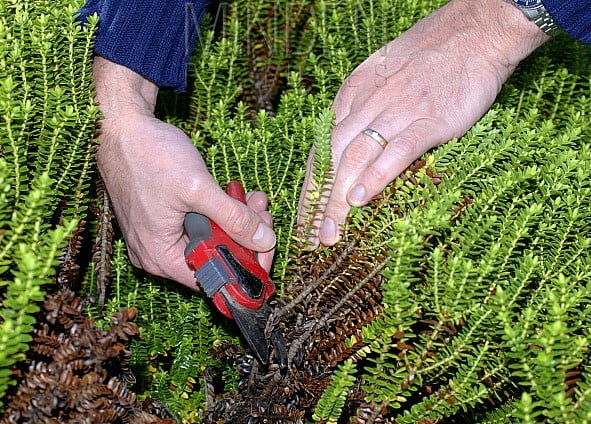
Hebes rarely require pruning because they typically grow slowly and produce a tidy, spherical shrub. However, Hebe plants can maintain their tidy, compact shape and healthy flowering with a little annual pruning. To prevent shrubs from becoming too long, prune them occasionally. Simply remove the dead hebe flowers as soon as they have completed blossoming and prune them back by one-third of their size. Deadheading flowers promotes new growth. That will make it appear bushier.
4. Fertilizers
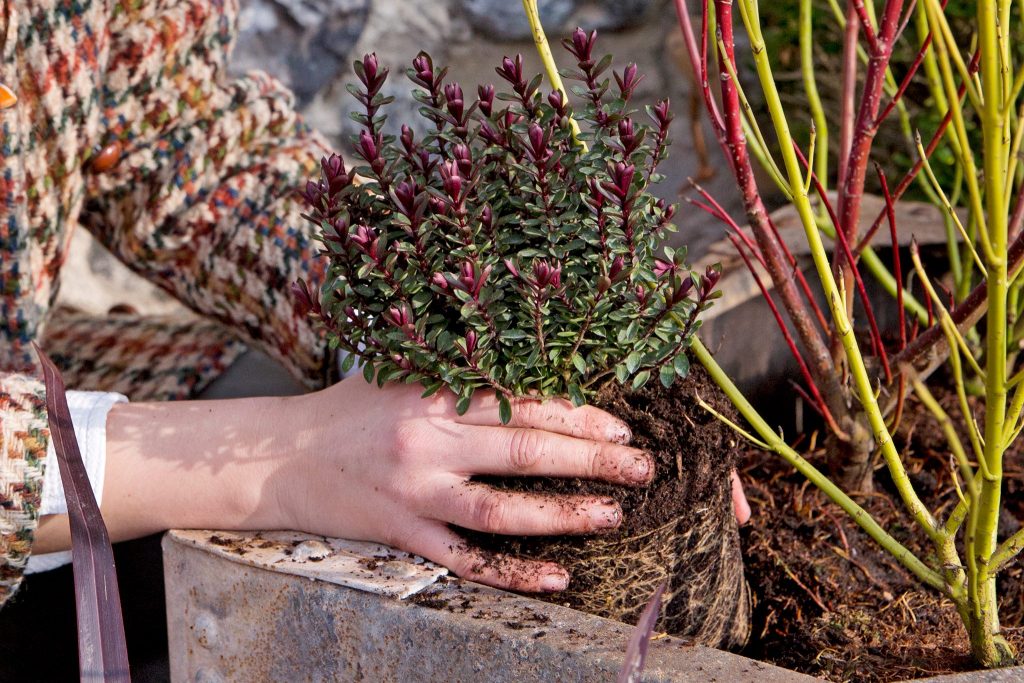
Hebe bushes are low-maintenance, so they don’t require much fertilizer when growing in the proper conditions. Adding organic matter (ericaceous compost, green or animal manure, for example) in the early spring, however, may encourage growth and blossoms.
5. Pest And Disease
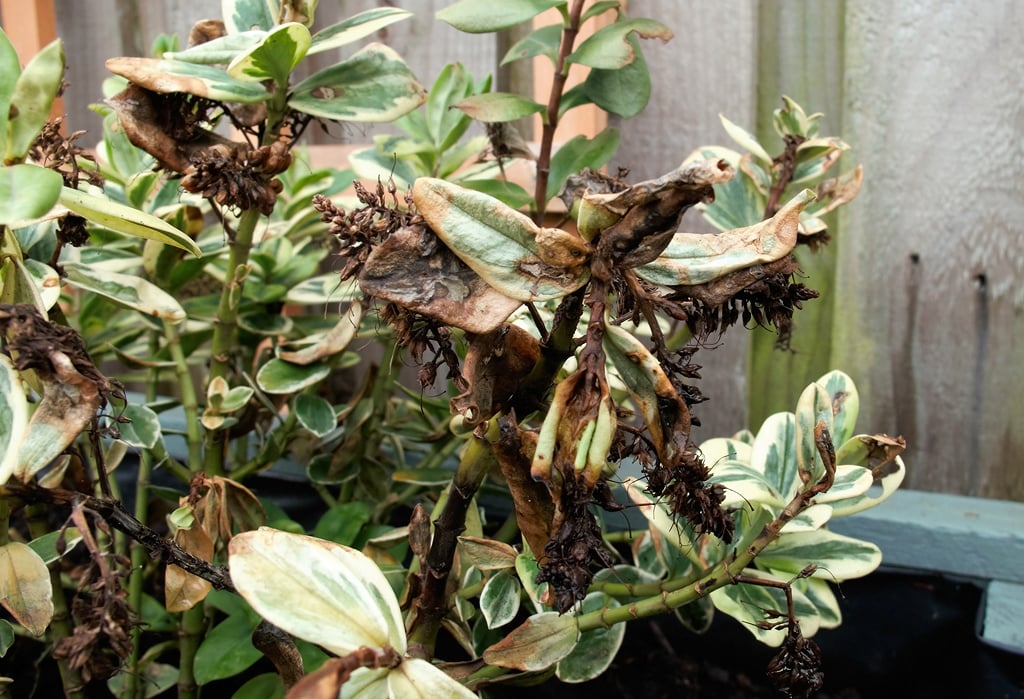
Hebes are rarely attacked by pests. However, aphids can occasionally be an annoyance to new growth. It acts as a food source for aphids and spider mites, among other pests. Use a horticultural oil or an organic insecticide to get rid of them from your plants. Hebes may experience problems with downy mildew and leaf spots, especially if grown under glass with little ventilation.
- Characteristics: A mix of 4 different Hebe plants, with uniquely coloured, evergreen foliage and...
- Growth and spread: Can reach an ultimate height and spread of 0.5-1m.
- Period of interest: Foliage remains year-round, usually changing colour during the winter months and...
Do Hebes Need Ericaceous Soil?
Although some types of Hebe like slightly acidic soil with a pH range of 5.5 to 6.5, ericaceous soil is not always necessary for hebes. Hebes can handle a variety of soil types, including neutral to slightly acidic soils, and are generally adaptable. For example, if the soil in your garden or containers is alkaline or neutral, you can change the pH by adding ericaceous compost, peat moss, or sulfur.
When To Grow Hebe
Hebe can be planted any time of the year; however, planting in the spring or summer will give the roots time to establish themselves before the winter months. Hebes grow best in the spring, in April or May when the earth is warming up, and it is more favourable for their speedy development. Planting hebes in the winter is never a good idea since the young plants are susceptible to rotting in cold, wet soil. Hebe can be planted in containers.
Where To Grow Hebe
- Hebe bushes make wonderful additions to large gardens, but they are very simple to cultivate in pots. Hebes come in a variety of hardiness levels, with larger-leaved cultivars generally being more fragile than smaller-leaved variants. They can be grown in coastal areas since they can tolerate salt.
- Hebe should be planted in neutral to slightly alkaline, well-drained soil in a sunny location. Mix your soil base with ericaceous compost (optional), which contains the ideal pH balance for cultivating acid-loving plants just like Hebe.
- Hebes are hardy plants that are native to scrubland; however, they do need protection from the brisk winter winds. Protect your area from the chilly winter winds if it is near the lower end of the zone range. It can be protected by a structure or other plants.
- Hebe is available in a variety of sizes, so be sure to choose one that fits your space. The back of a border can be planted with larger cultivars, while the front or pots can be planted with smaller kinds. Additionally, tall species are also well-suited for growing as an evergreen hedge.
Conclusion
These evergreen shrubs add year-round structure to borders and pots and create vibrant focal pieces. They prefer a sunny location and bloom for several months in the summer, producing spikes of tiny blossoms in purple, pink, and white that draw bees and other pollinators. The majority of hebes grow best in soil that is moist but well-drained, in full sun to moderate shade, and ideally in a protected area away from winds. They can withstand drought and don’t require rich soils. To enhance the appearance of your hebe and prolong flowering, deadhead spent blooms. In order to promote robust new growth and a healthy overall shape, prune back in the late summer.
Prepared to raise Hebe plants yourself? Please share your success stories and photos in the comments below.
Frequently Asked Questions (FAQs)
When Is the Best Time to Grow Hebe?
Hebe can be planted at any time of the year; however, planting in the spring or summer will give the roots time to set down before the winter months. Hebes shouldn’t ever be planted in the winter because the young plants are prone to decay in the chilly, moist soil. They can also be brought indoors during the chilly winter months.
How To Maintain Hebes?
Hebe prefers a sunny location in the garden and can endure direct sunlight, yet it also does well in moderate shade. The Hebe does not enjoy sitting in water puddles; therefore, make sure water can always drain away. Give your Hebe a watering with plant food once every week during summer. Pests and diseases don’t typically damage hebe plants. Additionally, they dislike fertilizers heavy in phosphate.

